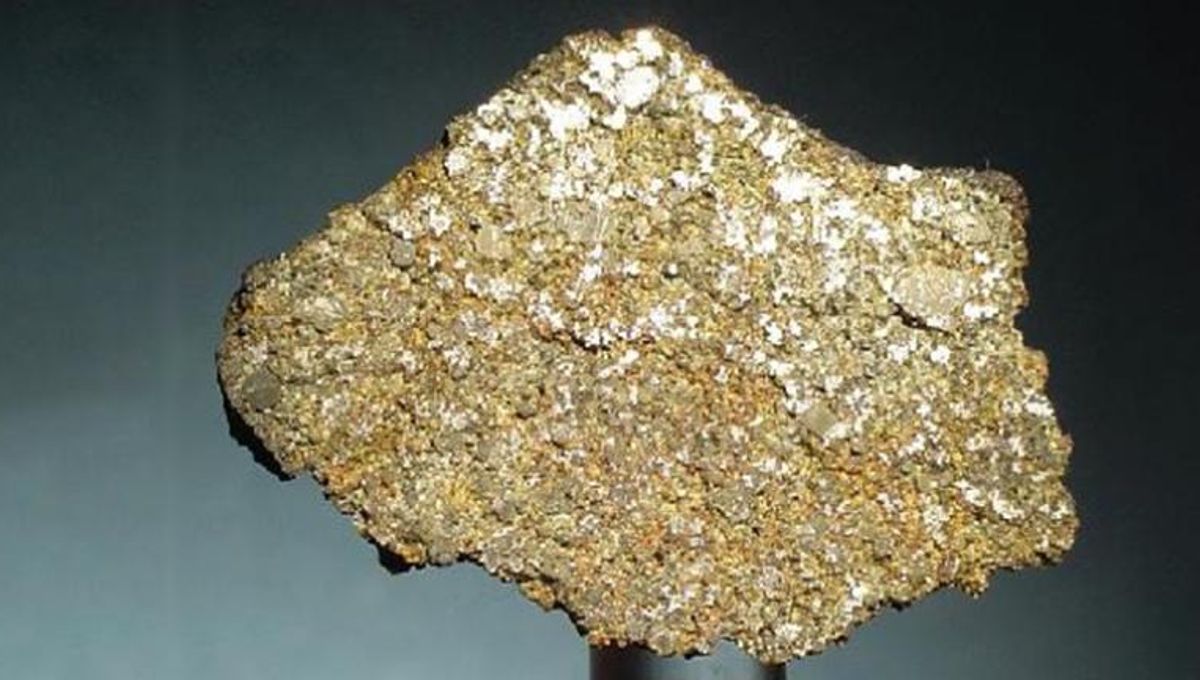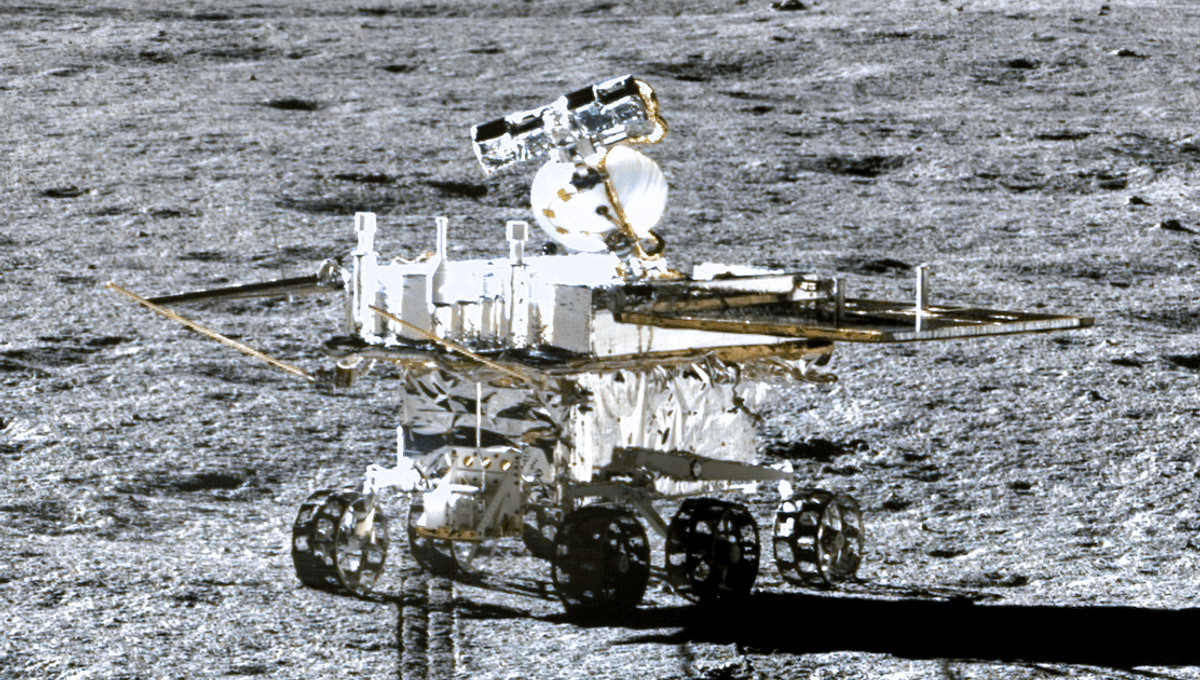When it comes to rare earth metals, their name is a bit misleading. While they may not be truly rare, they are scattered in relatively low concentrations across the Earth’s crust. This makes mining for them a tricky endeavor, with its own set of environmental hazards.
Currently, China dominates the rare earth market, accounting for a staggering 81 percent of global sourcing in 2017. However, due to geopolitical tensions with the US, China has considered imposing an export ban on rare earth metals, leaving the future supply uncertain for some regions.
But the US and other parts of the world are not sitting idly by. California, for example, is home to the Mountain Pass mine, the only rare earth mining and processing facility in the country. Nevertheless, there is a growing interest in finding alternative options.
In October 2022, Professor Lindsay Greer from Cambridge University’s Department of Materials Science & Metallurgy stated, “Rare earth deposits exist elsewhere, but the mining operations are highly disruptive: you have to extract a huge amount of material to get a small volume of rare earths. Between the environmental impacts, and the heavy reliance on China, there’s been an urgent search for alternative materials that do not require rare earths.”
In 2022, Professor Greer and her team stumbled upon a potential solution: tetrataenite, an iron-nickel alloy that possesses many of the magnetic properties found in rare earth metals.
Until recently, utilizing this cosmic mineral posed a major challenge. Tetrataenite is typically found in meteorites that have fallen from space, forming over millions of years as the meteorite cools. This made it far from an ideal mineral for quick and easy mass production.
However, in 2022, a breakthrough occurred. Professor Greer and her team at the University of Cambridge discovered a remarkably simple method to mass-produce tetrataenite. By working with iron-nickel alloys and introducing phosphorus, they found that the atoms could form into the complex ordered stack of tetrataenite much faster. This breakthrough has the potential to revolutionize the production of this magnetic material.
While there are still questions about whether this process can produce tetrataenite with the same magnetic qualities needed for renewable infrastructure development, this chance discovery shows that solutions can often arise unexpectedly.
[H/T: Popular Mechanics]








